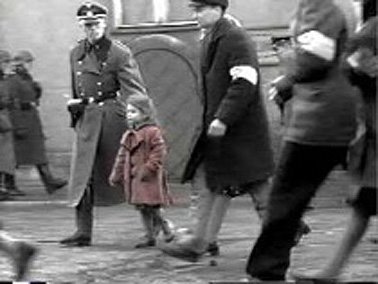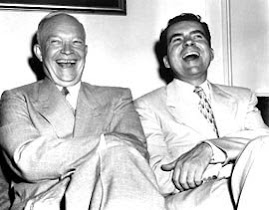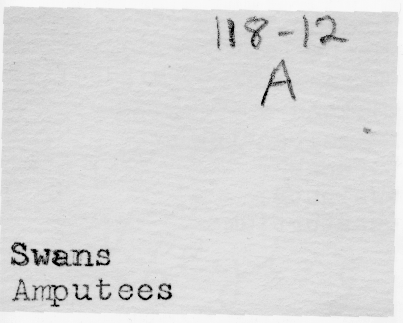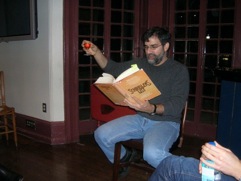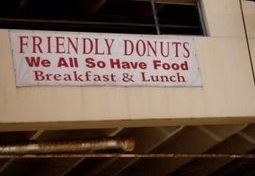 Wallace Stevens loved to buy paintings from Paris, especially in the late 1940s. And yet he never traveled to Paris and in those pre-internet, pre-fax days, he typically could not see the painting he was about to purchase. In several instances, he depended entirely on the descriptions in words provided by the daughter of his long-term Parisian agent (who died during the war); her name was Paule Vidal. Through long letters back and forth, Stevens came to know her well and could tell what he wanted in a painting from the way she described it. In one case, she sketched the painting that interested him and mailed the sketch to him along with yet another letter of descriptive language. The sketch is reproduced here above right.
Wallace Stevens loved to buy paintings from Paris, especially in the late 1940s. And yet he never traveled to Paris and in those pre-internet, pre-fax days, he typically could not see the painting he was about to purchase. In several instances, he depended entirely on the descriptions in words provided by the daughter of his long-term Parisian agent (who died during the war); her name was Paule Vidal. Through long letters back and forth, Stevens came to know her well and could tell what he wanted in a painting from the way she described it. In one case, she sketched the painting that interested him and mailed the sketch to him along with yet another letter of descriptive language. The sketch is reproduced here above right. I found this whole process fascinating: a modern poet imagining his paintings for weeks and months before he saw it. And of course this wouldn't be nearly as interesting is Stevens didn't write poems about some of these paintings. I should say poems "about" the paintings, because it's not entirely clear whether Stevens could properly be said to have written "about" the painting or about the description of the painting or indeed about the interanimations entailed in the process of slowly apprehending or viewing the painting. After all, their representations slowly emerged for him.
 So I wrote a long essay about this, and chose the story of one painting and one poem to tell--that of Stevens' "Angel Surrounded by Paysans" (first published in 1950) and Still Life by Pierre Tal Coat. The painting depicts some items on a table: a napkin surrounded by a tureen and some vases and bottles. The angel-like quality of the napkin is something Stevens "saw" in the letters from Paule Vidal. Back in the late 1980s my colleague Wendy Steiner was editing a special issue of Poetics Today and invited me to write this story for that. It appeared in the summer 1989 issue. Here is the article as a PDF. The full citation: "Still Life without Substance: Wallace Stevens and the Language of Agency," Poetics Today, "Art and Literature II," vol. 10, no. 2 (Summer 1989), pp. 345-72.
So I wrote a long essay about this, and chose the story of one painting and one poem to tell--that of Stevens' "Angel Surrounded by Paysans" (first published in 1950) and Still Life by Pierre Tal Coat. The painting depicts some items on a table: a napkin surrounded by a tureen and some vases and bottles. The angel-like quality of the napkin is something Stevens "saw" in the letters from Paule Vidal. Back in the late 1980s my colleague Wendy Steiner was editing a special issue of Poetics Today and invited me to write this story for that. It appeared in the summer 1989 issue. Here is the article as a PDF. The full citation: "Still Life without Substance: Wallace Stevens and the Language of Agency," Poetics Today, "Art and Literature II," vol. 10, no. 2 (Summer 1989), pp. 345-72.I once visited Stevens' daughter, Holly Stevens, at her ocean's-edge home in Guilford, CT, and spent the afternoon with her and my friend and co-editor Beverly Coyle. I had a chance to see many of Stevens' paintings right there on the walls of this small house. I was struck by the Tal Coat. There it was. I either took a color photograph of it then, or later had Holly or Bev take a shot of it, but in any case somewhere in my files I have a color photo of it. The black-and-white reproduction of the painting done for the Poetics Today article was taken during a 1963 exhibit of Stevens' paintings at Trinity College in Hartford.






 "I teach horizontally, meaning that while I might begin with a fixed idea of what I'm going to teach that day, I let it drift rhizomatically way off topic, often pulling it back when it gets too far. I rely on non-fixed materials to teach this way; the whole world is at my fingertips. Should I go off on a tangent about John and Rauschenberg and their love relationship as expressed in Rauschenberg's bed, an image of that bed is always a click away. From there, we can head anywhere into the non-fixed universe, be it film, text or sound. And of course, that always takes us elsewhere. As Cage says, 'We are getting nowhere fast.'"
"I teach horizontally, meaning that while I might begin with a fixed idea of what I'm going to teach that day, I let it drift rhizomatically way off topic, often pulling it back when it gets too far. I rely on non-fixed materials to teach this way; the whole world is at my fingertips. Should I go off on a tangent about John and Rauschenberg and their love relationship as expressed in Rauschenberg's bed, an image of that bed is always a click away. From there, we can head anywhere into the non-fixed universe, be it film, text or sound. And of course, that always takes us elsewhere. As Cage says, 'We are getting nowhere fast.'" 

 that anyone has yet got the imaginative measure of that terrifying day six years ago. Certainly our Tolstoy has not crawled out of the rubble. The closest we have, Don DeLillo, succeeded as an essayist-journalist ("In the Ruins of the Future: Reflections on Terror and Loss in the Shadow of September,” Harper’s, December 2001) but, to my mind, failed as a novelist ("Falling Man"). One reason, perhaps, is that the remembered emotion was instantly buried under a pile of cultural junk.' - Tod Gitlin in his review of Susan Faludi's The Terror Dream (written for
that anyone has yet got the imaginative measure of that terrifying day six years ago. Certainly our Tolstoy has not crawled out of the rubble. The closest we have, Don DeLillo, succeeded as an essayist-journalist ("In the Ruins of the Future: Reflections on Terror and Loss in the Shadow of September,” Harper’s, December 2001) but, to my mind, failed as a novelist ("Falling Man"). One reason, perhaps, is that the remembered emotion was instantly buried under a pile of cultural junk.' - Tod Gitlin in his review of Susan Faludi's The Terror Dream (written for 


